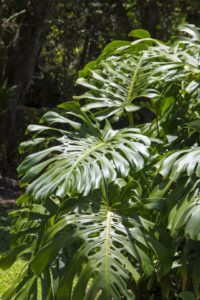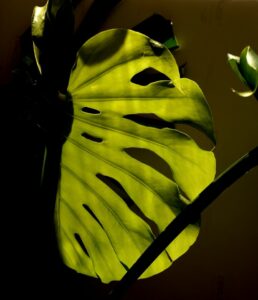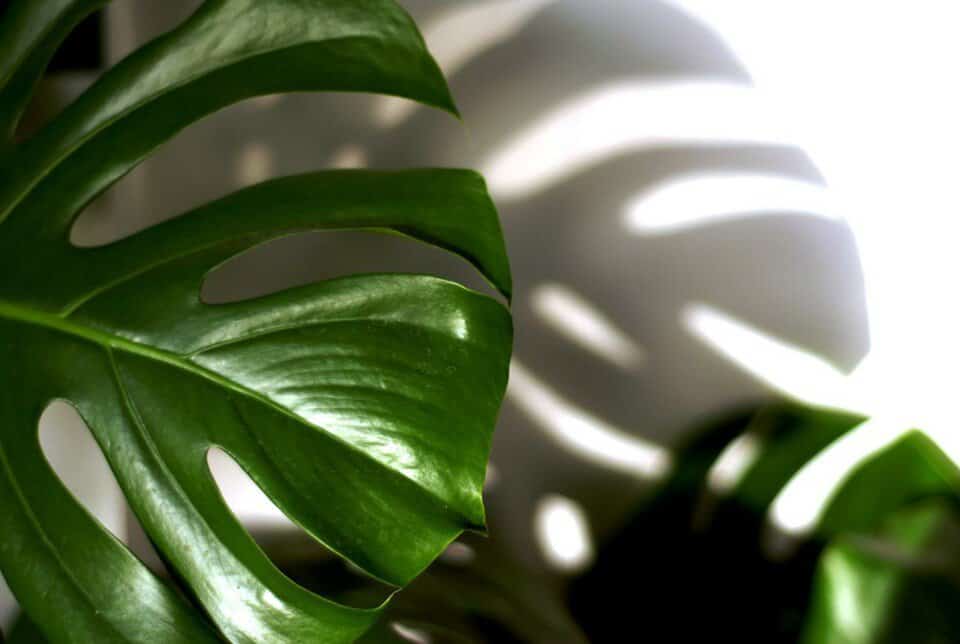Some links in the post are affiliate links and I get a commission from purchases made through some links found in the post.
There will be moments when you look at your philodendron plant and notice that the leaves are a different hue than before. The leaves of a philodendron plant in good health will be green in hue.
Nevertheless, the color can range anywhere from green to crimson. There are several potential explanations for why the leaves of your philodendron plant have taken on a red hue recently.
The majority of these situations have room for significant growth and development opportunities.
There are occasions when the leaves of a philodendron start turning red. This reddening may be caused by anthocyanin pigmentation, a phosphorus deficiency, or overexposure to the sun.
In addition, factors such as a lack of light or being submerged in water might also contribute to the problem. It is also possible to be a form of camouflage designed to shield new growth from being eaten by predators.
Causes for Your Philodendron Leaves Turning Red
The red color pigmentation observed in your philodendron plant is caused by a combination of factors that come from several different sources.
Some philodendron plants have a reddish color to them. Some plants periodically take on a red hue for various reasons, and this can happen to others.
Anthocyanins Pigmentation:
 Anthocyanins are a type of red pigment responsible for the red coloration of any philodendron plant.
Anthocyanins are a type of red pigment responsible for the red coloration of any philodendron plant.
Within plants, anthocyanins serve a defensive job. Just before the onset of fall, they manifest in deciduous plants.
As part of this protective duty, it is necessary to safeguard plant cells against damage caused by the surrounding environment.
Anthocyanins have been linked to philodendron plants’ maintenance and repair functions. Primary elements bring on the pigmentation that gives your philodendron plant its distinctive red color.
How To Fix It?
It is necessary to control the principal factors that contribute to an increase in the concentration of anthocyanin pigments to maintain a low level of anthocyanin concentration.
In a philodendron plant, anthocyanins cannot be removed without the assistance of other chemicals.
Instead, it would be preferable for you to identify the components that contribute to the development of the red pigment and then focus on removing these factors from the equation.
Exposure to Cold Temperatures:
The philodendron plant, similar to many other plants with large leaves, the philodendron plant may turn crimson during the winter months.
When temperatures drop, the plant’s metabolism kicks into high gear to create anthocyanins, which act as a shield for the plant cells against the damaging effects of the cold.
The anthocyanin contributes to the formation of a red pigment in the leaf.
Anthocyanins have the potential to act as an antifreeze for cells when exposed to freezing temperatures.
Natural processes produce this pigment. Your philodendron plant will not suffer any harm from its application.
How to Fix It?
The creation of anthocyanins during periods of cold weather is a natural physiological reaction that does not cause any harm.
Because of this, engaging in any form of corrective practice is unnecessary. If you find that your philodendron plant is turning red throughout the winter, there may be no immediate need to intervene in the situation.
On the other hand, if the foliage of the philodendron is turning red during one of the other seasons, this can be cause for concern.
If you discover that the room in which your plant is located has a low temperature, you need to take steps to rectify the aberration as soon as possible.
Salts and Heavy Metal Absorption
If you use excessive fertilizer or de-icing solution on your philodendron plant, the leaves may turn a bright red color.
Fertilizers and de-icing products both contain heavy metals such as zinc and aluminum in their composition. Again, protective anthocyanins are created by the plant’s metabolism if it identifies certain heavy metals as a present.
The result is that the leaves on your philodendron plant have turned red. There is a possibility that your planting media naturally contains heavy metals.
How To Fix It?
You should carefully select your potting soil. Before planting a philodendron, the soil must be tested at a laboratory. Additionally, excessive use of fertilizers and de-icing agents should be avoided.
Under Watering:
Chronic drought is the result of inadequate watering. Other things may contribute to this scarcity. Insufficient root development in your philodendron plant can result in persistent dryness.
Extremely long intervals between watering your philodendron plant are the primary cause of the persistent drought.
When a plant lacks sufficient water, its leaves develop chlorosis and become red. Reddening is sometimes caused by improper planting that exposes the roots of your philodendron plant.
How To Fix It?
Because of the ongoing drought, you must water your philodendron plant more frequently. You should routinely water your plant. Ensure that the plant’s roots are well-protected and undamaged beneath the soil.
Lack of Light:
Like all other green plants, Philodendron plants require light for photosynthesis. Your philodendron plant loses chlorophyll, turns yellow, and eventually turns red due to a lack of light.
How To Fix It?
Place your plant in an area where it can receive sufficient sunshine. You could occasionally transport your plant outside to expose it to natural light.
Attack by Pathogens:
Philodendron plants turns red and are subject to attack by viruses, fungi, and some bacteria. These diseases cause red spots, sometimes known as “war zones,” to appear on the leaves.
The metabolic processes of plants produce anthocyanins to defend against the invasion of pathogens. Due to a pathogen attack, the reddening of the leaves of your philodendron plant is conspicuous.
How To Fix It?
It is recommended that you use the necessary pesticides to manage the microorganisms. The eradication of infection carriers like insects would greatly assist this situation.
Too much Sun:
 Medium-light, such as brilliant indirect light or even low light at times, is optimal for the growth and appearance of Philodendron plants.
Medium-light, such as brilliant indirect light or even low light at times, is optimal for the growth and appearance of Philodendron plants.
What they do not enjoy, however, is prolonged exposure to direct sunlight, as this can burn not only the plant’s leaves but also cause severe dehydration and physical stress.
Various plant species change color in response to physical stress, with red being the most common hue.
In many circumstances, this is also true for Philodendrons, and it is more prevalent throughout the spring and summer when light can be stronger, and temperatures are at their highest.
How To Fix It?
If you are growing your Philodendron outdoors, it is possible that it is not receiving enough shade or is in a poor location. Consider placing the plant in the shadow of a porch, covered balcony, or tree.
If you are cultivating your plant indoors, ensure it is at least 30 centimeters (1 foot and a half) away from any windows. This will prevent direct sun exposure on the plant while allowing for an abundance of indirect light.
Final Thoughts
Reddening on your philodendron plant is cause for concern. This is due to several potential causes of the reddening. Examine your plant closely to find the cause of the red hue.
Philodendron plants are quite desired, and you should avoid causing them harm.


